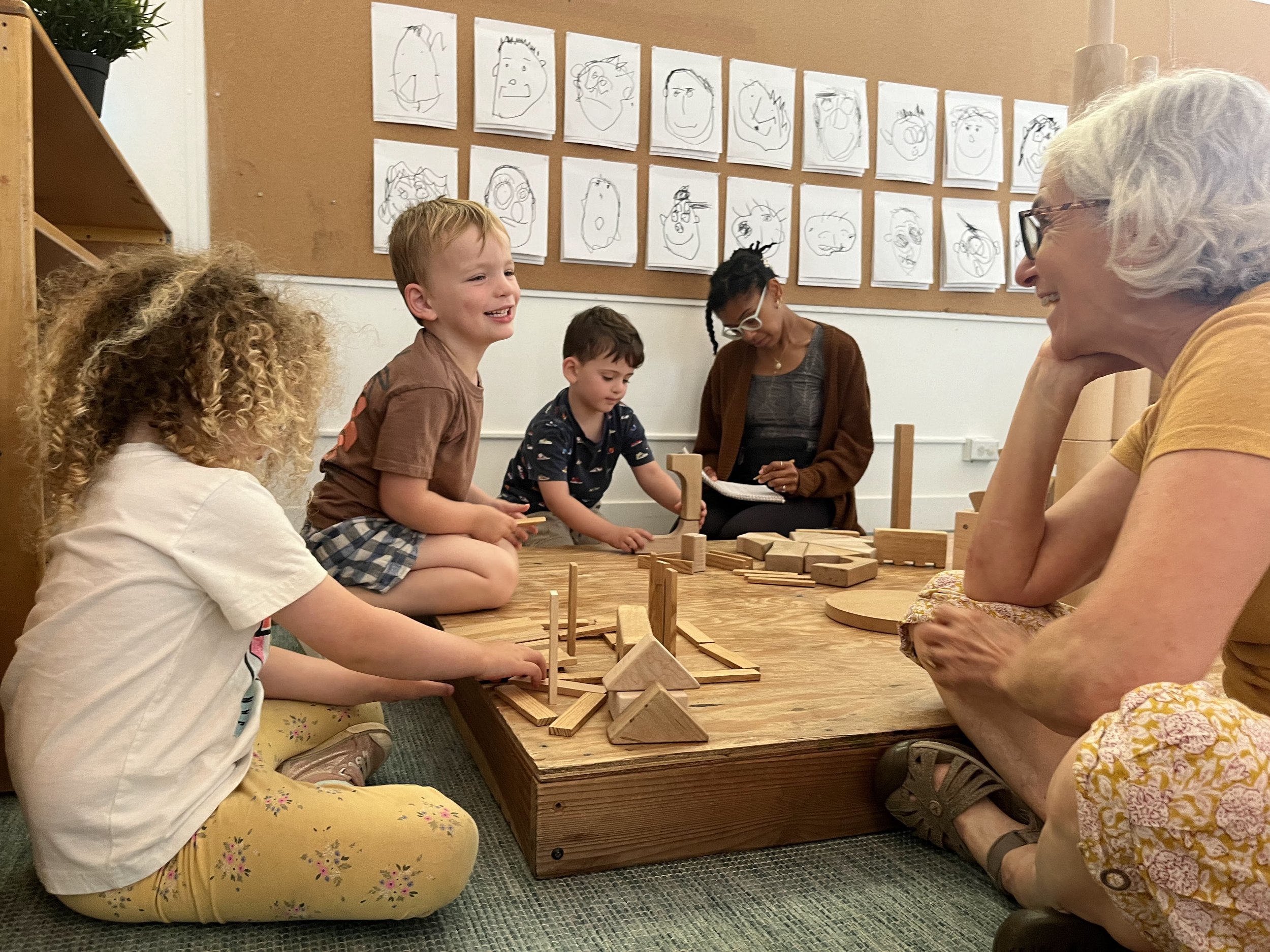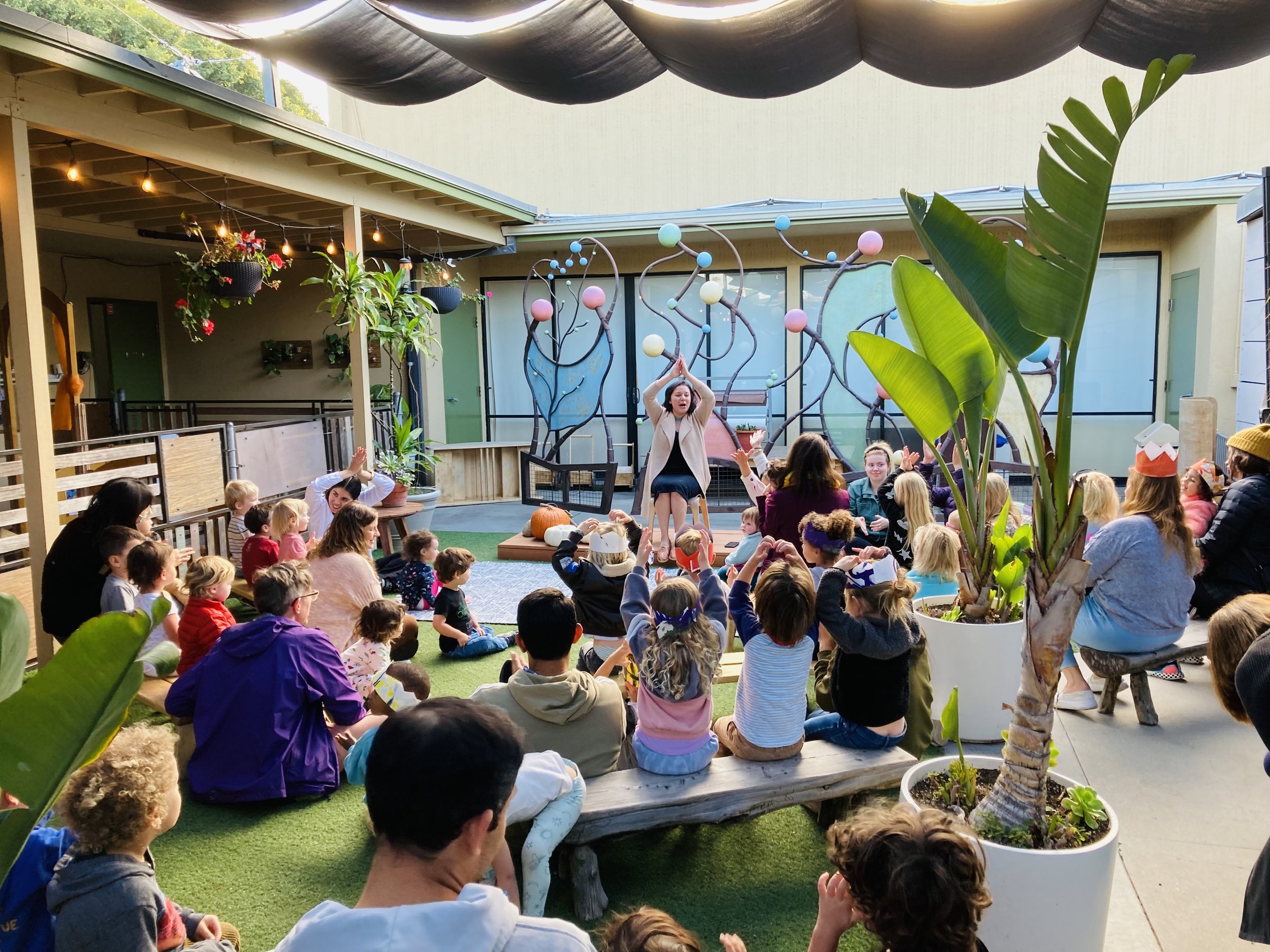locations
The same values and principles, implemented in different ways
Growing Place is one school with three beautiful campuses in Santa Monica serving young children and families. We are connected and supported by a common mission, vision, pedagogy, and professional development.

Campus
Ocean Park
Situated on an acre, Growing Place re-imagined and revived an old elementary campus to its full potential for our preschoolers. Six classrooms, an atelier, and a shared outdoor play-space filled with nature contribute to our everyday experiences.

campus
Marine Park
Established in 2000, our Marine Park Campus expanded our service to include children as young as 3 months. This cozy campus is nestled within the beautiful Marine Park with a classroom and play-yard for each of its age groups: infants & toddlers, young preschoolers, and preschoolers.

campus
SM Early Childhood Lab School
The Santa Monica Early Childhood Lab School is our newest campus through collaboration with Santa Monica College and the City of Santa Monica. The Lab School is a demonstration site for Santa Monica College Early Childhood Education students to observe our established teaching and learning practices.
schedule
Flow of the Day
8:00–8:30 Welcome
This is the period for learning about trust. Children take their cues from the adults that the campus is a safe and interesting place to be. Teachers, all of whom will develop close relationships with your child, can support your child to join the group play after saying goodbye.
8:30–12:00 Small Groups & Outdoor Play
Small group work is based on interests and skills of the children. Teachers use this time to observe, document, and sustain learning by using intentional language to help the children understand the process of their learning. Teachers make careful observations and ask questions that stimulate thinking about how else ideas might be expressed. New materials may be presented as a provocation to a new approach, idea etc. Our teachers help children focus on the process of learning, rather than a product. Children who are not working directly in a small group choose activities in the classroom centers where they learn to work and play together. Children may weave in and out of small group work throughout the year.
12:00–2:30 Meals, Transitions & Rest Time
The goals of these times are to help children be independent in meeting their physical needs and to enjoy the pleasures of eating and socializing with peers. Young children need to learn to self-regulate and self-nurture. Sleeping at school, hand washing, toileting, and managing their own snack and lunch promote these behaviors. Parents provide nutritious lunches with appropriate portions for young children to manage.
2:30–4:30 Small Groups & Outdoor Play
Outdoor play provides an opportunity for children to learn the important skill of getting along in a group. For example, waiting for a turn on a tricycle can be a frustrating experience, but it also provides an opportunity to use words to ask for a turn and figure out that there are lots of other interesting choices while you wait.
Children learn to take risks and challenge themselves physically on the large motor play equipment. The sandbox, garden, art materials, and other equipment outside are designed to promote playing together. Outside activities can be as big and exuberant, or as quiet, as a child wants them to be. The teachers in this setting model extensively how to use words to solve problems and work with the children to encourage co-operative play.
4:30–5:00 Reuniting With Parents
A successful reconnection between children and parents is the goal of this period. The teachers work hard to create positive experiences for children and parents. All have worked hard and face the evening ahead. The staff will offer the children a quiet indoor activity so that each child may leave the group without having a large cleanup job. This is an opportunity for parents to reconnect with their child, show interest in their play, and read the documentation that provides glimpses of the life of the classroom.
Parents may pick their child up at any time in our day.




